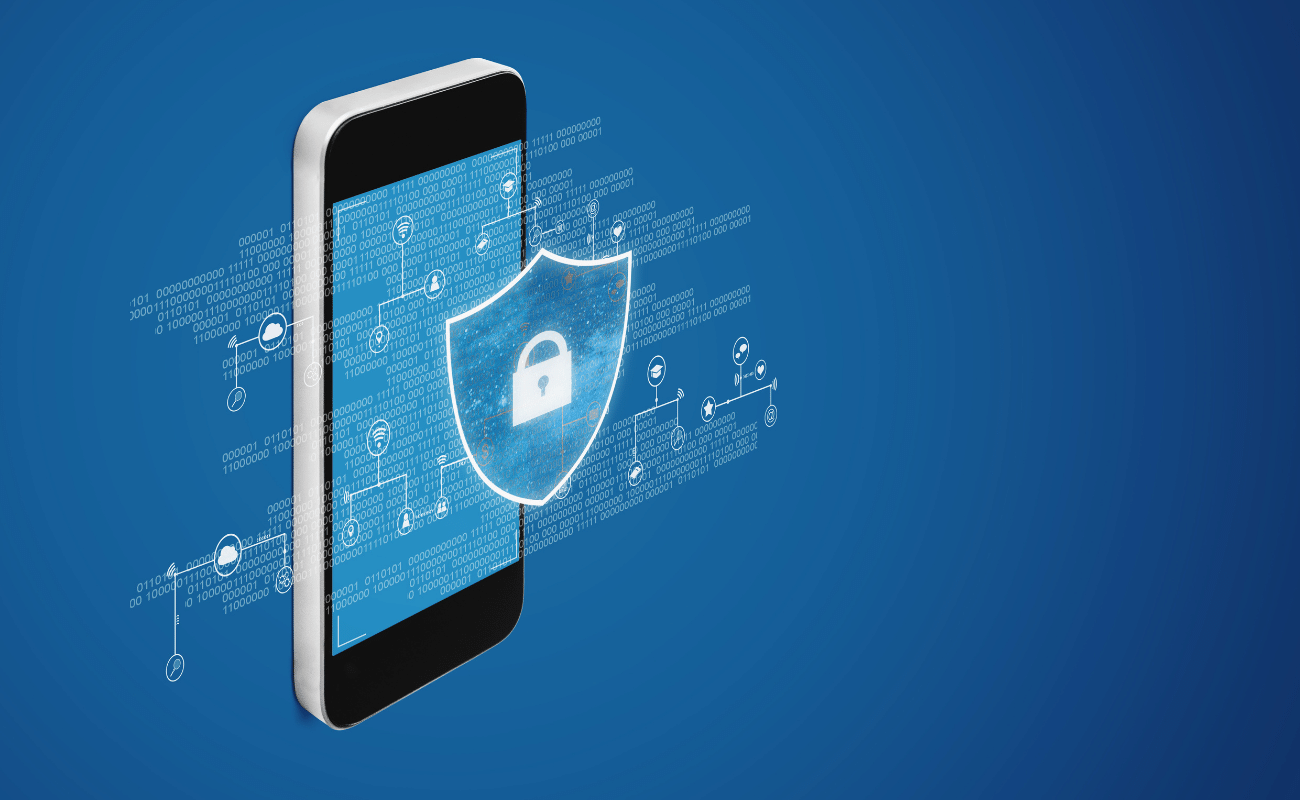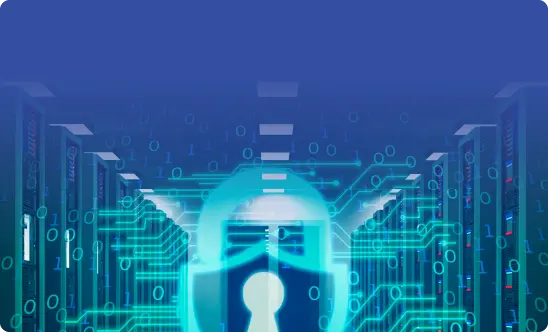How to Prevent and Recover from Cloud Ransomware Attacks
Between 2023 and 2024, ransomware attacks increased by almost 18%. In addition to increased ransomware activity, payouts are also increasing. Overall ransomware payouts increased by 2% between 2023 and the first half of 2024, surging from $449.1 million to a record-breaking $459.8 million.
Ransomware attacks are among the most threatening cybersecurity risk for businesses. A targeted business can be flourishing one day and literally overnight, face damages from an attack that’s are so severe that it has to close its doors.
If your organization becomes the victim of a ransomware attack, how can you deal with the crisis?
How can you recover from ransomware and mitigate the damage?
Keep reading to discover the answers!
What is Ransomware?
Ransomware is a type of malicious software (malware) that encrypts a victim’s data and locks them out of their computers. The attacker then demands a ransom from the victim in exchange for restoring the victim’s system access.
A majority of ransomware spreads through phishing emails. Many threat actors also exploit vulnerabilities in software and systems to infect victims’ computers and encrypt their data. These vulnerabilities are often easy to find and exploit, allowing attackers to execute targeted campaigns against organizations and impact multiple internet-connected systems at the same time.
In recent years, many ransomware gangs have adopted double extortion tactics, where they steal sensitive information before encrypting systems. They also threaten to leak it if the victim doesn’t pay the ransom.
Double victimization is another growing problem. For example, in 2023, a ransomware group attacked a US pharmaceuticals distributor and stole many files from its systems. The group again attacked the same company a year later.
The emergence of vishing and RaaS
Modern attackers frequently use advanced tools to disable security systems and to move laterally through networks. Many execute voice-based social engineering (vishing) attacks to gain unauthorized access to corporate networks, deploy ransomware, and exfiltrate data.
Ransomware-as-a-Service (RaaS) is another growing threat. This emerging “business model” allows cybercriminals to buy readymade ransomware “kits that enable them to easily execute high-impact/high-scope attacks.
Now that we understand the nature and risks of ransomware, let’s dive deeper into ransomware disaster recovery.
What is Ransomware Recovery?
Ransomware recovery is the process of systems restoration and data recovery following an attack. Its goal is to help organizations prepare for attack, regain control over systems after an attack, and learn from the incident to prevent future attacks.
How to Plan for Ransomware Recovery
A detailed ransomware recovery plan is essential to ensure effective ransomware recovery. A proactive ransomware disaster recovery plan outlines the various recovery steps, resources, and responsibilities needed to restore the company’s systems and data, minimize financial losses, and prevent future re-infection.
Without a plan, organizations often struggle to resume operations, resulting in significant productivity losses, revenue losses, and legal penalties. Unprepared organizations also tend to feel more pressured to pay the ransom to recover their data. They may also incur higher costs for incident response and investigations and experience reputational damage.
The most effective ransomware recovery plans include these components:
- A prioritized risk assessment of all critical assets that need ransomware protection
- A data backup strategy to govern when and how backups are taken, and where backups are stored
- The cybersecurity security measures implemented to prevent and detect ransomware attacks, such as firewalls, antivirus software, endpoint detection and response (EDR) systems, intrusion detection and response (IDR) systems, and multi-factor authentication (MFA)
The plan should also include sections to guide the organization’s actions in case an attack happens, such as:
- A system recovery plan that clearly explains how to restore data from backups and recover (or rebuild) affected systems
- A containment strategy to isolate affected systems and prevent the malware from spreading
- A detailed incident response (IR) plan with appropriate procedures and resources to detect, respond to, and mitigate ransomware incidents
- A communication plan to inform internal and external stakeholders about the attack and the steps being taken to mitigate its impact
- A regulatory communication plan to report the breach to relevant authorities within prescribed deadlines
- A forensic investigation plan to help investigators investigate the infection
The ransomware recovery plan is a “living document”, so it must be regularly tested. Testing can reveal gaps in the various procedures, thus helping you to effectively recover from ransomware incidents.
How to Prevent Ransomware
Implementing the below preventive controls can protect your organization’s business-critical systems and data from encryption and breaches:
Implement a multi-layered cybersecurity infrastructure
Maximize your ransomware protection with a multi-layered cybersecurity infrastructure. This infrastructure should include firewalls, antivirus, antimalware, IDR, EDR, MFA, and vulnerability scanners. Also implement advanced solutions with capabilities like real-time threat intelligence, user behavior analytics, and AI-based phishing detection. These systems can block ransomware before it has a chance to execute or spread, providing more robust and effective protection.
Take regular data backups
Regular data backups can minimize the impact of a ransomware attack. When you have backups, you can readily access the data needed to maintain business continuity. In addition to implementing a regular backup schedule, make sure to store backups in a secure location. Also test backups regularly to ensure that they are functioning properly and available for a quick restoration.
Adopt the principle of least privilege (PoLP)
The PoLP ensures that employees only have access to the data and systems they need for their specific jobs . By limiting data access, it minimizes the potential for data loss in case of attack.
Implement network segmentation
Dividing your network into isolated segments can prevent the spread of ransomware. Along with PoLP, make segmentation part of your zero trust network access (ZTNA) cybersecurity approach. ZTNA can help minimize data exposure and attackers’ lateral movement, thus protecting the organization from the worst consequences of a ransomware attack.
Train employees
By educating employees about how the signs of a ransomware attack and ways to resist initial infection vectors like phishing emails, you can avoid a full-blown attack. The training should also educate them on proper data handling, the importance of using strong passwords, and the importance of reporting unusual or suspicious activity to the correct authorities.
How to Recover from Ransomware Attacks
Despite your best efforts, you may still experience a ransomware attack. Fortunately, you can minimize its impact. Here’s how:
Implement your IR plan
If you experience an attack, put your IR plan into action immediately. Doing so will ensure that the right people from the right teams – IT, legal, cybersecurity, etc. – are working on containing the incident. The plan will also provide the right guidance to isolate infected systems, communicate with employees and customers, and engage with law enforcement agencies or third-party cybersecurity experts.
Isolate and contain the infection
After detecting an active infection, understand its source, nature, and extent. Then quarantine the affected system and disconnect it from the main network to prevent spread. Analyzing the infection before taking any action will aid in ransomware data recovery and help prevent hasty and potentially harmful consequences of system isolation.
Restore data from backups
As long as you have a secure backup stored in an unaffected location, you can restore your systems and data. Do verify the integrity of each backup to ensure that it doesn’t contain any malicious files.
Try to decrypt encrypted data
Decryption tools and data recovery software can help you to recover encrypted data without having to pay the ransom. Check whether a tool is available for the specific ransomware strain that has affected your systems.
Inform law enforcement
Law enforcement agencies may have resources to help you investigate the breach and recover your data so it’s a good idea to notify them. For example, the U.S Department of Justice (DoJ) recovered about $2.2 million of the $4.4 million that Colonial Pipeline paid as ransom following a ransomware attack in May 2021. Also report any data breaches to the relevant regulatory authorities to avoid or minimize penalties.
If you cannot implement any of the above strategies, here are two more “last resort” strategies to consider:
#1: Rebuild systems
If you have not taken backups or there’s no way to decrypt the data, wiping all affected systems and reinstalling them may be the only way to completely remove the ransomware.
#2: Consider paying the ransom
The last, last resort is to pay the ransom. A professional ransomware negotiator can help you negotiate better terms with the attacker, for example, a lower payment. However, keep in mind that they usually cannot help reduce the risk of further attacks or double victimization.
Effective SaaS Ransomware Prevention and Detection with SpinRDR
What if you had a ransomware recovery tool that could automatically detect ransomware infection, contain the damage that it is actively causing, and restore all the data affected by the attack? All of this is possible with SpinRDR
With SpinRDR, you get full visibility into your mission-critical SaaS data so you can proactively prevent attacks and defeat attackers. This solution within the SpinOne platform provides 24/7 ransomware monitoring of core services. It also provides AI-powered threat detection, fully automated incident response, and automated ransomware recovery. All of this means that you not only get more robust protection against ransomware, but can also minimize the impact if an attack does happen.
To learn more about SpinRDR, ask our team for a free demo.
What is the average recovery time from a ransomware attack without a proper IR plan?
What is the 3-2-1 rule for ransomware?
The 3-2-1 data backup rule from the NIST enables organizations to increase the chances of recovering lost or corrupted data following a ransomware attack. It suggests that organizations keep 3 copies of important files, keep the files on 2 separate locations, and store 1 copy off-site.
What percentage of ransomware victims get their data back?
According to one report, only 47% of companies that pay ransom receive their data back uncorrupted.
How do most ransomware attacks start?
Most ransomware attacks start with a phishing email that includes an infected link or an infected attachment. When a victim opens the attachment or link, their system gets infected.
What is the average ransomware payout?
Per one report, the average ransomware payout in 2024 was almost $4 million, a 2.6X increase over 2023.
Was this helpful?
How Can You Maximize SaaS Security Benefits?
Let's get started with a live demo
Latest blog posts
Brewing Trouble: How a Starbucks Ransomware Attack Poured Cold Wate...
Cybercriminals often carry out attacks around holidays as this helps to ensure the most amount...
How to Recover Deleted Messages from Microsoft Teams
In modern-day hybrid and remote work environments, collaboration and communication tools like Microsoft Teams are...
Data Loss Prevention Techniques for 2025 and Beyond
It’s painstakingly clear that data loss is a major challenge facing businesses today. Our experts...


